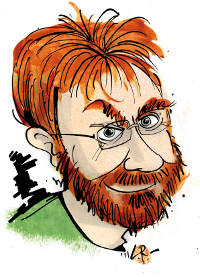HP1345A¶
I have spent a bit of time fixing a HP1345A digital vector display, including reverse-engineering, just for the heck of it, its character generator.
If you click on the individual glyphs below you get a magnified version of just that glyph.
HP1345A service-mode¶
The HP1345A has two built in service modes, and the quite large “windows” glyphs, 0x7e, 0x9b, 0x9e, 0xbe and 0xe1, are for them.
The alignment picture is displayed by an i8748 microcontroller if no computer is attached:
(I have included the error message if the Option 704 memory fails because it nicely shows the largest text-size available.)
This is what the alignment picture looks like in real life:
The focus screen is displayed by they i8748 if a jumper is mounted:
And in real life:
That image has been scaled down, because typical computer screens these days still do not have the same resolution as the HP1345A. Here is a small snippet of the center “window”:
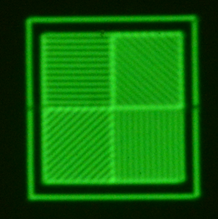
Useless information of the day¶
The only difference between the original (01347-80001) and newer (01347-80012) Character Rom is that they changed the comma:
It is probably more interesting to note that the focus-window glyphs exist in two different aspect ratios. This hints at the existence of an option with 1:1 aspect ratio, rather than the default aspect of 4:3. Some of the pictures of the test-pattern in the older manuals (01345-90908 for instance) lacks the “Y=2047” text. Presumably such an option would have a different i8748, since the firmware shows no sign of support for this.
WarGames¶
In all likelyhood, you have never heard of the movie WarGames.
On the surface, it was an OK and profitable summer-movie for 1983, with a typical far-fetched summer-movie plot: Kid dials into computer and it offers him a selection of games:
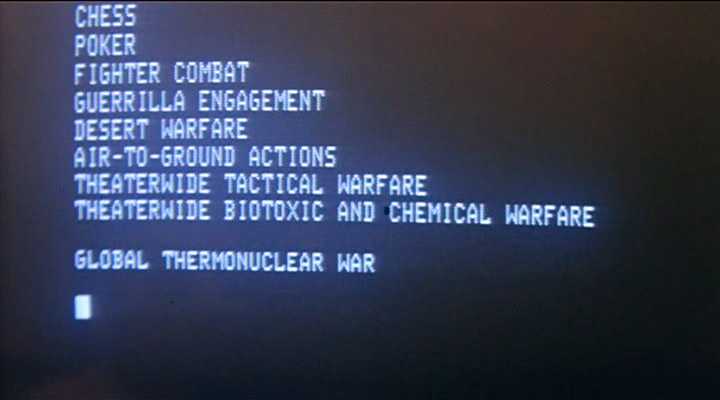
When he selects “GLOBAL THERMONUCLEAR WAR” it transpires it is the real thing.
Spoiler: They manage to stop the computer.
But WarGames is notable for a lot of reasons.
1983 was the depth of the cold war, we are right smack in the middle of the NATO Pershing II in West Germany crisis, and the movie’s initial premise was that missile launch officers might refuse to fire their ICMBs.
The very straight line from the soviet doomsday machine in Kubriks Dr. Strangelove to “WOPR” in WarGames.
The ending of the movie gets close to both Gametheory and “The Halting Problem.”
And probably most interesting scene from todays security environment is that some rather neat “social engineering” (and shitty passwords) are employed.
The kids computer is a seriously souped up IMSAI 8080 which has a serious claim to being the first “personal computer”.
The IMSAI used 8-inch floppydisks for storage, a couple of hundred kilobytes on each.
Guess who still uses those today ?
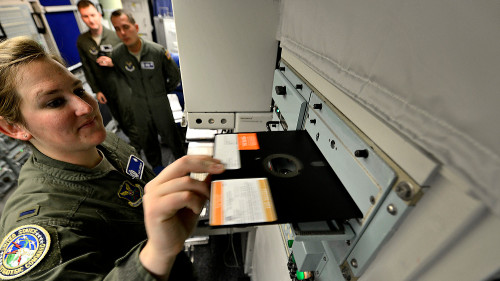
and so on…
But this is about a font used on the “NORADs hot dream about themselves” movie-set which was built at a cost of over a million dollars:
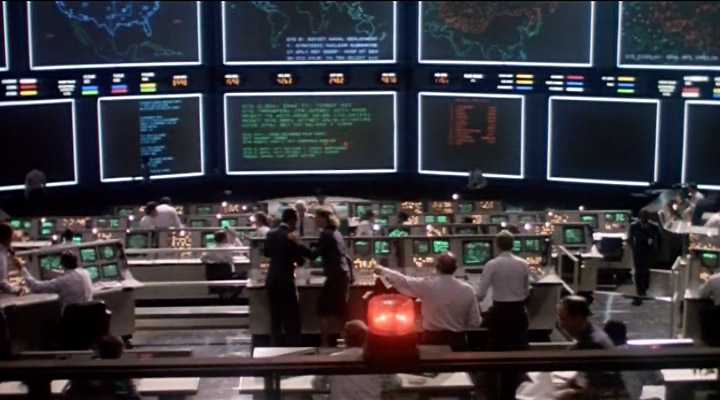
The graphics were spectactular.
Not handdrawn like the computer graphics in Kubriks 2001, but designed on a HP9845 computer, drawn on a HP1345A vector display, and filmed through successive color filters, one frame a minute onto 50,000 feet of negatives over seven months:
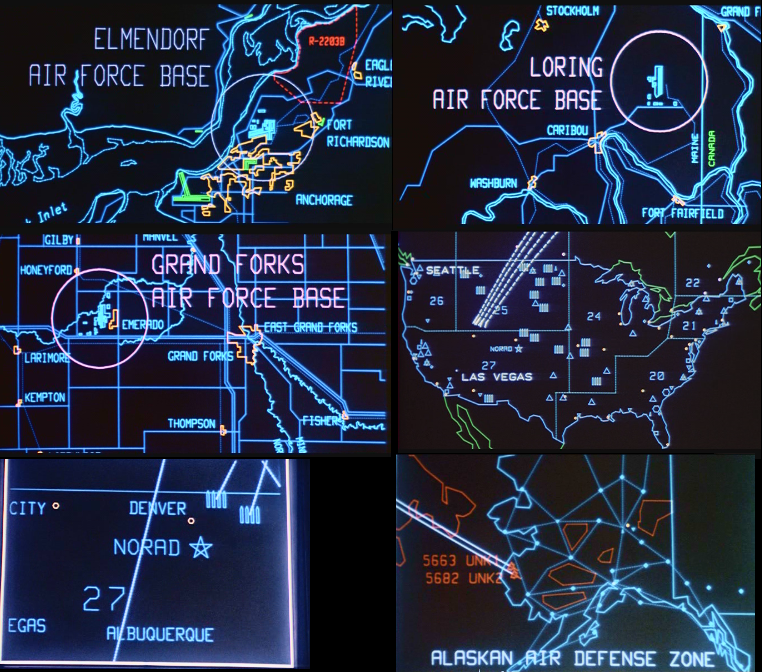
It is pretty obvious that some of the alphanumerics were generated on the computer and sent to the display as vectors, because the fonts do not quite match what is in the HP1345A character generator.
Resources¶
phk
